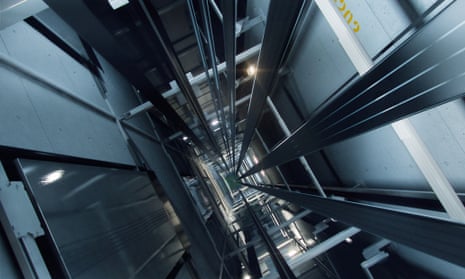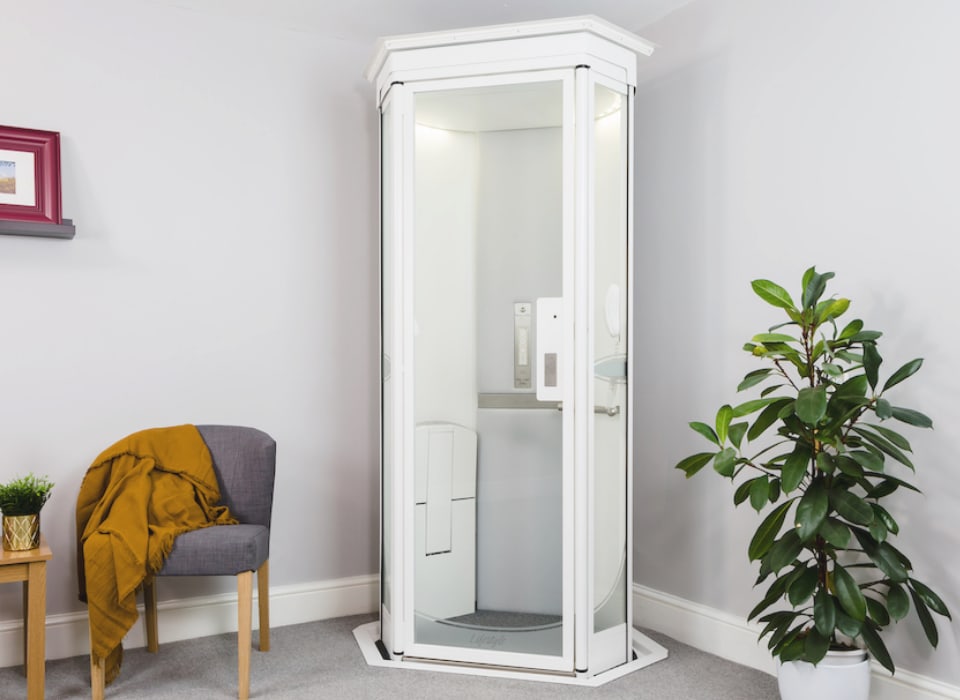Discover the most effective Disabled Platform Lifts Prices UK for Residential and Commercial Use
Discover the most effective Disabled Platform Lifts Prices UK for Residential and Commercial Use
Blog Article
Exploring the Globe of Lifts: Typical Issues Encountered by Different Lift Systems
As we navigate via the upright transport systems of contemporary structures, elevators stand out as an important part of our daily lives. From hydraulic elevators to grip systems and machine-room-less layouts, each lift kind comes with its collection of common problems.
Hydraulic Lifts
Hydraulic lifts, usually favored for low-rise buildings, utilize fluid pressure to manage the motion of the lift vehicle (lift repair companies). This device entails a hydraulic pump pressing oil into a cylinder, causing the elevator to relocate the desired direction. While hydraulic elevators are understood for their smooth and quiet operation, they do include their very own collection of usual concerns
One common issue with hydraulic elevators is oil leakage. In addition, problems with the control system, such as malfunctioning valves or a malfunctioning pump, can cause disturbances in the elevator's movement.
Normal upkeep and punctual repair work are crucial to guarantee the smooth performance of hydraulic lifts. By resolving these usual problems proactively, building proprietors can decrease downtime and make sure the safety and security and performance of their upright transportation system.
Grip Lifts
When thinking about upright transport systems in buildings, an additional typical type in addition to hydraulic elevators is the traction lift. Traction elevators run utilizing a system of ropes and weights that relocate the elevator auto by grasping onto the hoist ropes. This system enables smoother and much faster vertical transport compared to hydraulic systems.
Among the typical concerns dealt with by traction lifts is rope wear. The constant activity of the ropes within the traction system can cause tear and put on in time, potentially triggering the lift to breakdown or become harmful for use. Normal evaluations and maintenance of the ropes are important to ensure the lift's correct performance and security.
An additional issue that traction elevators may run into is connected to the control system. Problems with the control system can bring about concerns such as unpredictable activity, delays in reaction times, and even total closures. Regular testing and upkeep of the control system are important to avoid such concerns and ensure the elevator's dependability.
Machine-Room-Less (MRL) Lifts

Among the crucial components of MRL lifts is the small gearless traction maker that is installed within the hoistway. This machine effectively drives the elevator car without the demand for bulky tools discovered in standard traction lifts. Additionally, MRL lifts generally make use of a counterweight system to stabilize the automobile, further boosting their energy performance.
Despite their advantages, address MRL elevators might encounter challenges connected to upkeep and repair work because of the constrained room for tools installation. Availability for servicing parts within the shaft can be limited, calling for specialized training for professionals. Proper maintenance schedules and routine examinations are essential to make sure the continued smooth operation of MRL elevators.
Overloading and Weight Limitation Issues
Straining and weight limitation concerns are critical problems in lift procedures. Lift producers style lifts with specific weight abilities to make certain guest security and equipment long life.
When lifts are overloaded, it puts too much pressure on the electric motor, wires, and various other elements, potentially creating breakdowns or malfunctions. Safety devices such as sensing units and overload sensors remain in area to avoid elevators from relocating if they detect excess weight. Furthermore, surpassing weight restrictions can cause increased power consumption and damage on the elevator system.
To minimize overwhelming issues, constructing managers must prominently show weight limits in lifts and inform occupants on the relevance of adhering to these constraints - lift repair companies. Regular maintenance checks by certified service technicians can also assist guarantee that lifts are operating within risk-free weight criteria. By dealing with overloading and weight restriction issues proactively, building proprietors can improve lift safety and effectiveness
Electric System Failures
Exceeding weight limits in lifts can not only lead to mechanical problems however likewise possibly add to electric system failings within the lift facilities. Electrical system failures are a critical concern in elevator procedure, as read this post here they can create unforeseen closures, malfunctions, or even safety threats.
Moreover, power rises or fluctuations in the electrical supply can also disrupt the lift's operation, influencing its efficiency and security. These electrical disruptions can harm sensitive elevator components such as control board, circuit card, or sensors, leading to system failings. Routine maintenance and evaluations are crucial to identify and attend to prospective electrical concerns quickly, ensuring the secure and effective operation of lift systems. By adhering to weight restrictions and carrying out regular electrical system checks, structure owners can mitigate the threat of electrical failings in elevators.
Conclusion

Hydraulic lifts, typically chosen for low-rise buildings, make use of fluid stress to manage the motion of the lift auto.When taking into consideration vertical transportation systems in structures, another typical kind aside from hydraulic elevators is the grip lift. Traction lifts run using a system of ropes and weights that relocate the elevator cars and truck by grasping onto the hoist ropes. Unlike traditional lifts that need a different device room to house the tools, MRL lifts integrate many of the elements within the shaft, removing the requirement for a committed machine space.In final thought, elevators deal with common problems such as hydraulic breakdowns, grip system failings, and electric system problems.
Report this page